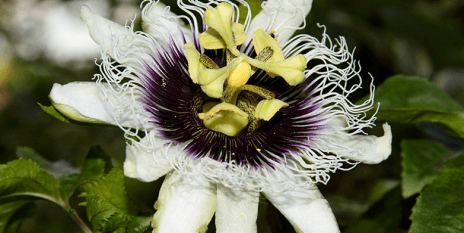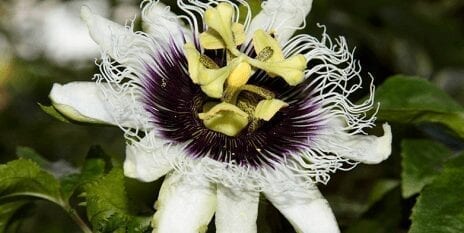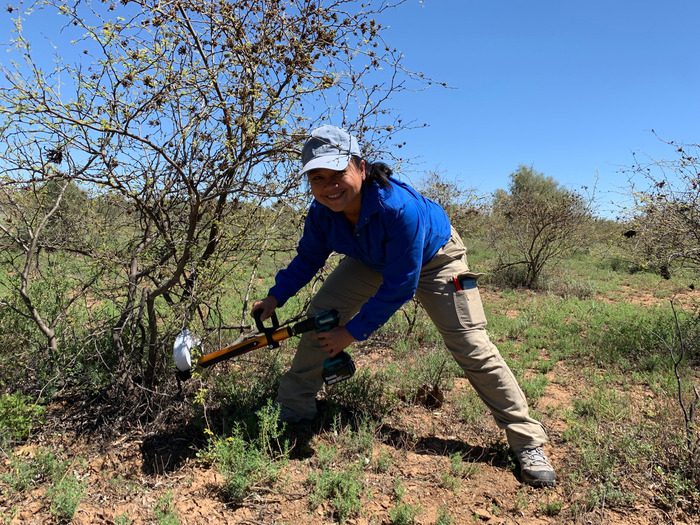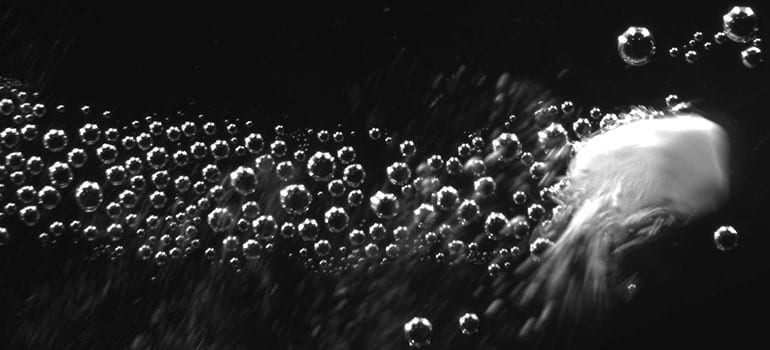
Every day, hundreds of different plant species – many of them listed as invasive – are traded online worldwide on auction platforms. This exacerbates the problem of uncontrollable biological invasions.
Goldenrod, Himalayan balsam, Chinese windmill palm: three plants, one problem. All are native to continents other than Europe, but were introduced to Switzerland as garden or ornamental plants. At some point they “escaped” into the wild, where they now threaten the native flora.
This phenomenon isn’t limited to Switzerland: biological invasions happen on every continent every day. A major driver of this is global trade, which is increasingly shifting to the internet and being conducted on auction platforms like eBay. As a result, one click is all it takes to spread potentially invasive plants from continent to continent – and unintentionally encouraging biological invasions.
Monitoring online auctions
But how much of the global trade in invasive plants is done online? To get an estimate, a group of four researchers at ETH Zurich led by Christoph Kueffer, senior lecturer at the Institute of Integrative Biology, monitored online trade of about two thirds of the world’s flora on eBay plus nine other online trading platforms.
For 50 days, the researchers tracked which plant species were offered for sale in various countries, and how often. Their efforts were aided by a software program developed especially for the study. In addition, the researchers looked to lists of invasive plants, kept by various bodies including the International Union for the Conservation of Nature (IUCN), for information about whether the plants for sale were classified as invasive somewhere in the world.
The program that automatically searches the sales platforms was written by Luc Humair from ETH’s Department of Computer Science and Fabian Kuhn, an ETH alumnus, who now works at the University of Freiburg (Germany). The eBay data the researchers used was collected exclusively from publicly available listings. “eBay benefits from making sale listings accessible to computer programs that can systematically search for and analyse online content automatically,” says Luc Humair. This is what made the ETH monitoring project possible.
Even so, the researchers’ program could do no more than monitor the supply side. It couldn’t determine if buyers and sellers in particular geographic regions were actually concluding business. “Naturally it would be interesting to factor the destination into the monitoring process,” says Luc Humair. However, that information is personal and can be collected only with the cooperation of eBay or the other providers.
Potentially huge trading volumes
What the program was able to discover despite this limitation surprised the study’s lead author, Franziska Humair, who holds a doctorate from ETH: “We didn’t expect the global trade in plants that are known to be invasive to be so extensive.” The study was recently published inConservation Biology.
Over the 50 days of the monitoring phase, the researchers found 2,625 different plant species offered for sale on eBay. That corresponds to about 1.4 percent of the seed plants they were looking for. Of all the plants for sale, 510 are known to be invasive in at least one region somewhere in the world. And out of that group, 35 are on the IUCN’s list of the 100 worst invasive species.
Invasive species often up for sale
Passiflora edulis, or passionfruit, is the invasive plant most often offered for sale. It turns up about 90 times a day, offered by dealers from 17 countries spread over five major geographic regions. This species is highly invasive in the tropics. The second most frequently offered plant is the cornflower Centaurea cyanus, which is put up for sale more than 80 times a day on average. Deemed invasive in certain parts of the USA, this species is traded by dealers located in 10 countries in five regions. Meanwhile, the plant put up for sale most often has not yet proved invasive. Native to the steppes of Africa and Arabia, the desert roseAdenium obesum is listed for sale more than 3,100 times a day on average by dealers from 12 countries.
The plant sellers found in the study were located in 65 countries. Offers to sell invasive species came from 55 of these countries, including Australia. Dealers there offer invasive plants – that can be harmful in other parts of the world,– on a grand scale. “That was unexpected, since the Australians don’t allow you to bring any invasive plants across their borders. But surprisingly, there are apparently no controls in place to make sure potentially harmful plants don’t leave the continent,” says Kueffer.
Read more: Trade in invasive plants is blossoming
The Latest on: Trade in invasive plants
[google_news title=”” keyword=”Trade in invasive plants” num_posts=”10″ blurb_length=”0″ show_thumb=”left”]
via Google News
The Latest on: Trade in invasive plants
- Exotic spiders flourishing in Britain as new jumping species found in Cornwallon April 26, 2024 at 9:14 am
Exotic spiders flourish in Britain helped by the effects of global warming and international trade ...
- Invasive and toxic hammerhead worm is popping up in Ontario, GTA. What you need to knowon April 25, 2024 at 11:32 am
Hammerhead worms are predators, primarily feeding on earthworms and other soil invertebrates, but their diets vary depending on the species.
- Our laser technique can tell apart elephant and mammoth ivory – here’s how it may disrupt the ivory tradeon April 24, 2024 at 11:01 am
The technique works by directing a laser light onto the ivory sample. The energy from the light is temporarily absorbed by the bonds between molecules in the sample, and then almost instantly ...
- CABI publishes first guide to the naturalized and invasive plants of the Caribbeanon April 24, 2024 at 8:26 am
CABI has published the first ‘Guide to the Naturalized and Invasive Plants of the Caribbean’ which includes aquatics, climbers, grasses, herbs, sh ...
- Erie MetroParks and Erie Soil and Water Conservation District to host invasive species buy-back programon April 23, 2024 at 1:30 pm
Erie MetroParks and Erie Soil and Water Conservation District are teaming up to bring awareness about the invasive species that may be growing in your backyard by encouraging landowners to remove ...
- Urban invasive species lead to staggering resultant costson April 23, 2024 at 6:01 am
A recent study has pointed out that invasive species taking over urban areas resulted in a total cost of $326.7 billion, at the very least, in the past five and half decades.
- No end in sight for the trade windson April 21, 2024 at 10:38 pm
Despite it being illegal, hundreds of people climbed the Haiku Stairs, better known as Stairway to Heaven, for a final hike before it's gone for good. KHON2's Mitch Riberal shares how Kauai's Gabriela ...
- Can we eat our way out of America’s invasive species problem?on April 16, 2024 at 3:30 am
The United States, besieged by invasive species, is hoping we can hunt — and eat — our way out of the ecological problem.
- How invasive species threaten natural ecosystemson April 10, 2024 at 11:01 pm
As the invasive chital eats away at Andamans’ forest cover, a look at what invasive alien species are, and why they pose a threat to a place's natural flora and fauna.
- Opinion: The invasive species overrunning our habitats won’t be easy to dislodge. But there are a few things we can tryon September 24, 2023 at 8:52 am
Another invasive species roaming around the US is the wild ... spread by human travel or global trade. Of 37,000 alien species known to have been introduced around the world, 3,500 pose a ...
via Bing News











